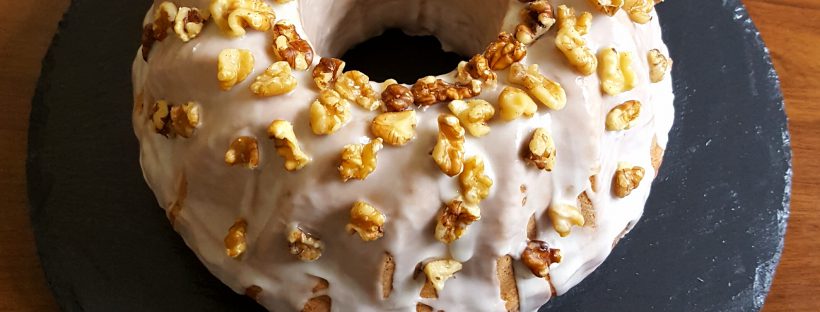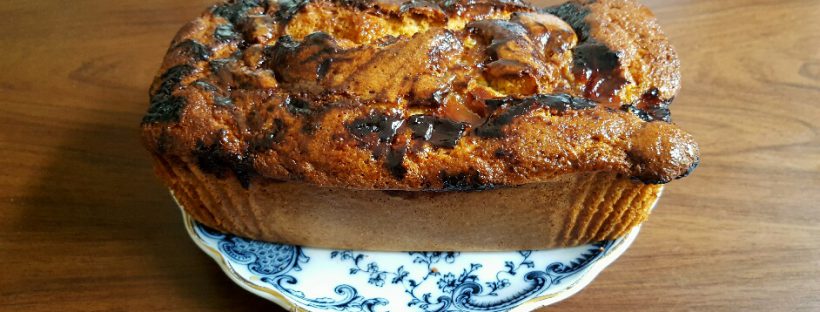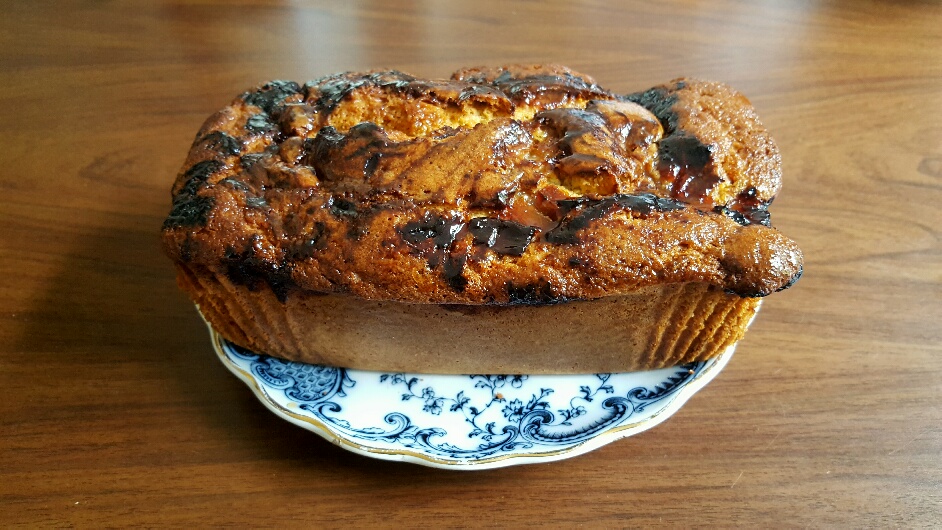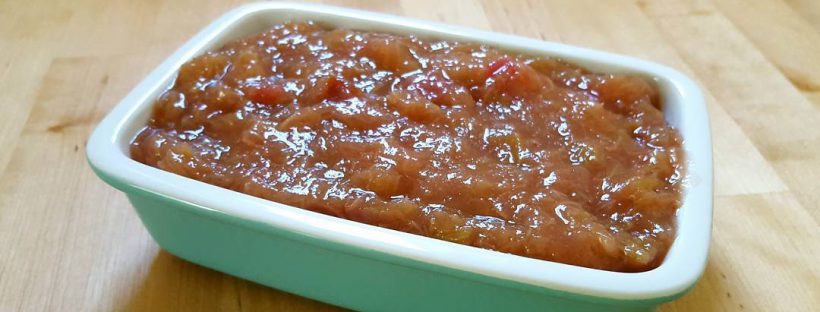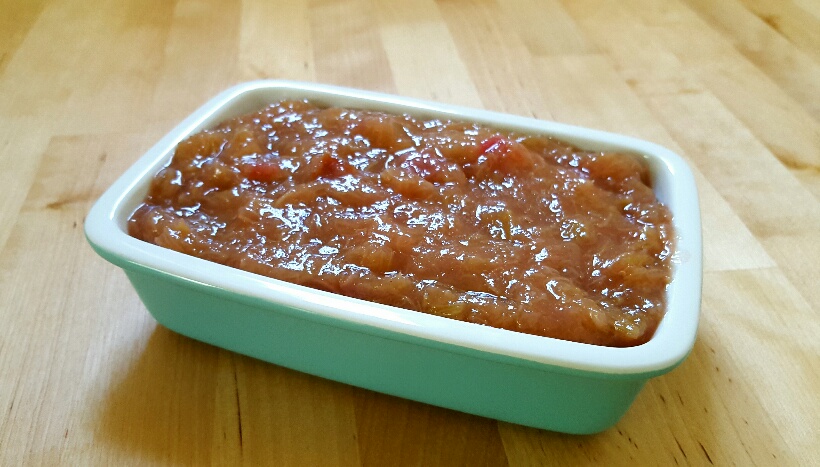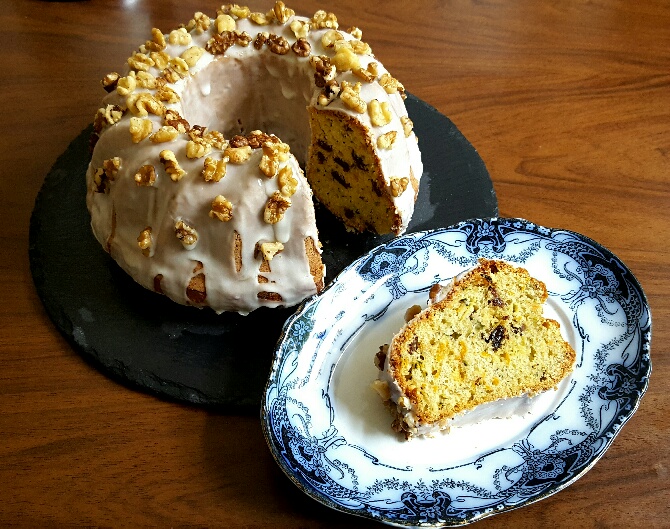
Carrot, Courgette and Orange Bundt Cake by The Fat Foodie
I’ve wanted to make a courgette cake for ages, but I’ve been waiting for the right recipe to come along. The other day I discovered a recipe for a courgette and orange cake on the BBC Good Food website and I decided that I’d make my own version of it. I say “my own version” because I didn’t have enough courgettes on hand so I topped it up with carrots, but it worked very well regardless, producing a green and orange speckled cake which was delicately flavoured with orange oil.
This is a visually impressive cake that’s incredibly easy to make, but to be honest most of its impact is down to the bundt cake tin it’s baked in. The shape of the tin allows for what could be a very heavy cake to bake in a fairly short amount of time because the funnel allows the hot air to circulate right through the middle of the cake. This ensures the cake remains light and moist and doesn’t overbake or (heaven forbid) burn.
Most of the recipes I’ve looked at ask you to wring out the water from the courgettes before you add them to the cake mix, but this was a step that I completely forgot about and the cake came out fine anyway. The cake might have taken a little longer to cook as a result of the additional moisture it contained, but in terms of taste I had no complaints. Sometimes recipes can be overthought, don’t you think?
I’m really looking forward to using my bundt tin again. I’m currently formulating the creation of a victoria sponge bundt with lemon curd and sweet buttercream layers encased in a thin glazing of lemon icing and topped with chopped hazelnuts and lemon zest. I bet that’ll look cracking baked as a bundt and no-one will realise just how easy it actually was…
Ingredients:
250g courgettes (grated)
100g carrots (grated)
1 tbsp poppy seeds
200g sugar
125ml sunflower oil
3 eggs
The grated zest of 1 orange
1 tsp vanilla extract
300g gluten-free self-raising flour
1 tsp baking powder
For the topping:
The juice of 1 orange (you won’t need it all though)
6 heaped tbsps of icing sugar
50g chopped walnuts
Method:
Preheat your oven to 180°C, 350°F, gas mark 4.
Generously grease and flour a bundt tin.
With the exception of the flour and baking powder, put all of the ingredients into a mixing bowl and stir.
Then add the flour and baking powder and mix. Add a little rice milk if the mixture feels too thick. (Sometimes gluten-free flour can be very absorbent.)
Pour the mix into the prepared bundt tin and bake in the oven for approximately 1 hour. It might take slightly longer, but just check with a skewer. (The cake is cooked when a skewer pushed into the centre comes out completely clean.)
Leave to cool on a cooling rack.
To make the icing: Put the icing sugar in a bowl and add orange juice a little at a time, stirring all the while, until it’s a slightly runny consistency.
Once the cake is cold leave the cake on the cooling rack, but put a large plate underneath it and pour the icing over the cake, letting the excess drizzle onto the plate below it.
Decorate with the chopped walnuts and serve.
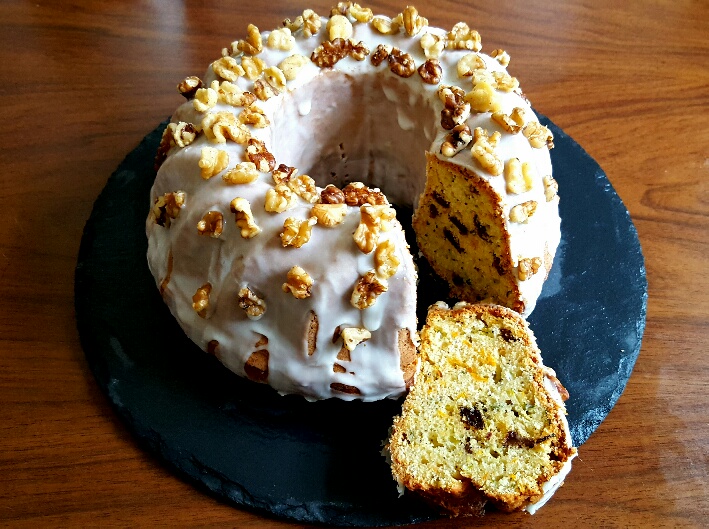
Carrot, Courgette and Orange Bundt Cake by The Fat Foodie
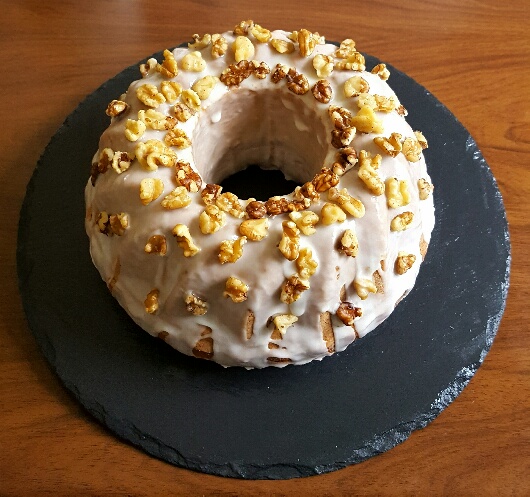
Carrot, Courgette and Orange Bundt Cake by The Fat Foodie
 Copyright protected by Digiprove © 2016
Copyright protected by Digiprove © 2016 